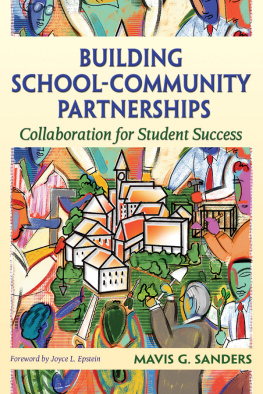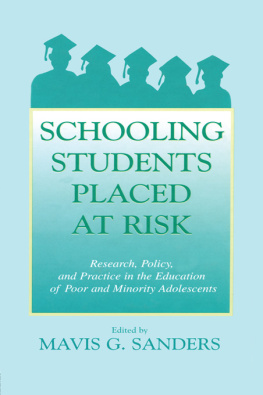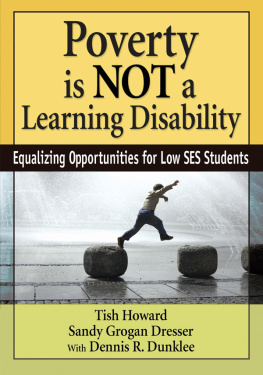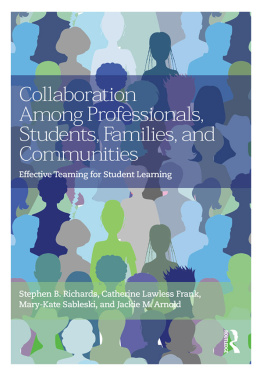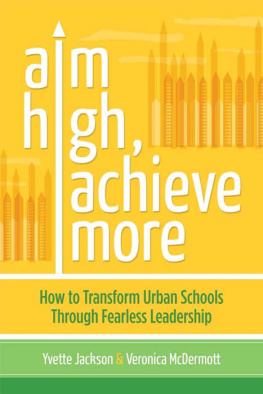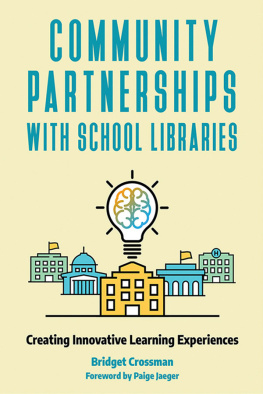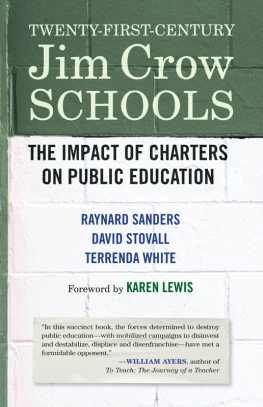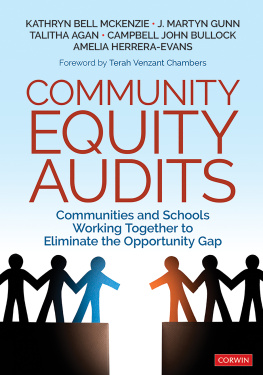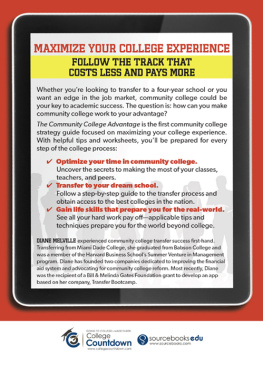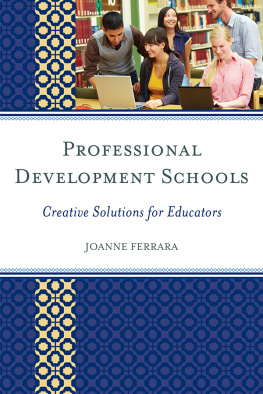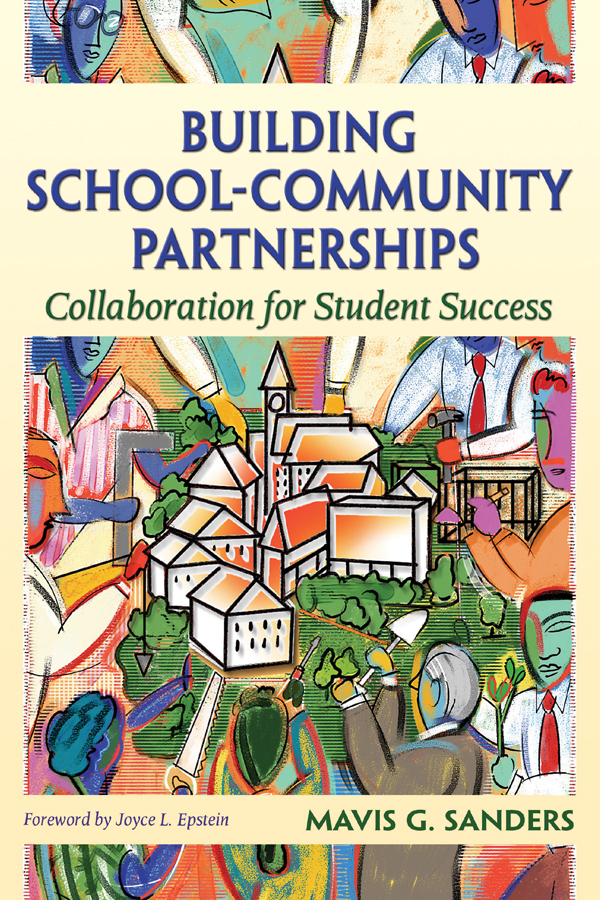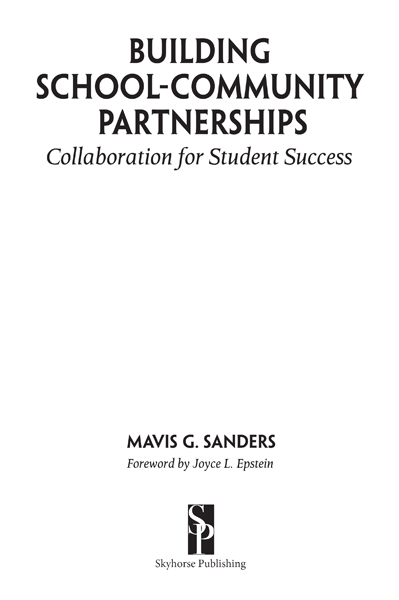
Copyright 2006 by Corwin
First Skyhorse Publishing edition 2015
All rights reserved. No part of this book may be reproduced in any manner without the express written consent of the publisher, except in the case of brief excerpts in critical reviews or articles. All inquiries should be addressed to Skyhorse Publishing, 307 West 36th Street, 11th Floor, New York, NY 10018.
Skyhorse Publishing books may be purchased in bulk at special discounts for sales promotion, corporate gifts, fund-raising, or educational purposes. Special editions can also be created to specifications. For details, contact the Special Sales Department, Skyhorse Publishing, 307 West 36th Street, 11th Floor, New York, NY 10018 or info@skyhorsepublishing.com.
Skyhorse and Skyhorse Publishing are registered trademarks of Skyhorse Publishing, Inc., a Delaware corporation.
Visit our website at www.skyhorsepublishing.com.
10 9 8 7 6 5 4 3 2 1
Library of Congress Cataloging-in-Publication Data is available on file.
Cover design by Rose Storey
Print ISBN: 978-1-63220-549-0
Ebook ISBN: 978-1-63220-966-5
Printed in the United States of America
Contents
Joyce L. Epstein
Foreword
M any schools working to improve their programs of family and community involvement are struggling to find meaningful community partners. They puzzle, Where is our community? Is it around the school? Where students live? Where families work or worship? What are the communitys interests in our students success? Educators also wonder, How can we make sure that our community partners work with us collaboratively, not contentiously, to help improve the school program and increase students success?
In Building School-Community Partnerships: Collaboration for Student Success , Mavis G. Sanders addresses these and other questions with excellent information, examples, and advice. She explains clearly how to include school-community connections (e.g., businesses, cultural groups, senior citizens, faith-based organizations, universities, and other partners) in comprehensive programs of school, family, and community partnerships.
Sanders has conducted groundbreaking research for over a decade, delving deeply into ways that elementary, middle, and high schools work successfully with community partners, resolve challenges, and sustain collaborations. She developed a complete catalog of community partners and identified an array of school-community activities that strengthen families, expand students learning experiences, and improve school programs and curricula.
Because most research on partnerships has focused on schools and families, this book on school-community connections is a welcome and timely resource for researchers, school and district leaders, and teams of school-based educators, parents, and community partners who work together to develop and improve their programs of school, family, and community partnerships. Sanders worksharp, insightful, and comprehensivewill guide future research and help schools and school districts improve their partnership programs.
Joyce L. Epstein, PhD
Director, Center on School, Family and Community Partnerships and the National Network of Partnership Schools
Johns Hopkins University, Baltimore, Maryland
Preface
T eachers often find themselves using their personal incomes to purchase needed classroom materials for their students or inundated with tasks that could be accomplished by school volunteers. Parents are often less than satisfied with school equipment and materials or eager to find ways to support their childrens nonacademic interests. Principals struggle to find ways to fund school events or improve school-based professional development; and far too many students suffer from a lack of extended learning opportunities. Most K12 educators can add to these examples and attest to the frustration and constraints in teaching and learning created by a lack of resources.
Resources, then, both human and material, are at the center of educational excellence. Community involvement is one way to generate resources that are essential for effective schooling. When such resources are appropriately channeled, they can support innovative educational programs that meet the learning needs of increasingly diverse student populations and promote equity in the educational opportunities available to all students.
Here, community involvement is defined as connections between schools and community individuals, organizations, and businesses that are forged to directly or indirectly promote students social, emotional, physical, and intellectual development. While parent involvement can be included within the broader definition of community involvement, it is important to note that parent involvement is not a central focus of this book.
As described in
NNPS was begun in 1996 to provide research-based support, guidance, and tools to schools, districts, and states seeking to achieve or maintain high levels of family and community engagement. The educators that have been involved in NNPS activities have been essential in generating new knowledge on the processes and outcomes of school, family, and community partnerships. I am indebted to them and my colleagues at NNPS for their hard work and cooperation over the years. Although I do not include a separate methods section in the book, when relevant, I refer to the studies on which individual chapters are based.
The book is written to serve as a resource for educational leaders who seek to establish school-community partnerships to achieve goals for their schools and the students, families, and communities they serve. It is organized in eight chapters that when taken together offer a broad and practical overview of theory, research, and practice in the field.
provides background information on community partnerships. It describes why such partnerships are important; how they can be organized to focus on students, families, schools, and communities; and a variety of community partners with whom schools can collaborate. It also details several obstacles schools face in developing and maintaining effective community partnerships and strategies to address these obstacles.
provides in-depth information on five prevalent kinds of school-community partnerships; they are defined by the primary community partners involved: (a) businesses, (b) universities, (c) organizations that provide internships for youth, (d) service agencies and professionals, and (e) faith-based organizations. I review the conceptual and empirical literature that has been generated on each type of partnership. The review highlights key factors that influence school-community collaboration with these and other partners.
discusses how educators, through incremental, focused steps, can build their schools capacity for successful community partnerships.
work in practice. Community partnerships at an urban elementary and rural high school, respectively, are described. These cases show how K12 schools with different needs, goals, and student populations can develop community linkages that support school improvement and enhance students learning.
offers several examples of school-community partnership activities being conducted in schools throughout the United States. These examples are taken from activities published in NNPSs annual collection of Promising Partnership Practices. Selected activities further illustrate the wide variety of partnership activities that can help schools achieve important goals for students success.

